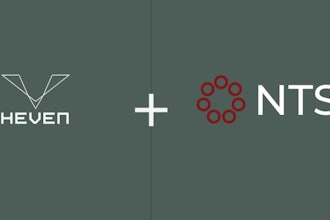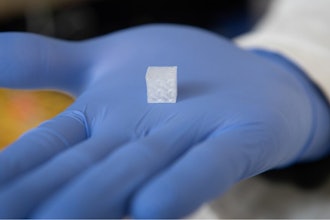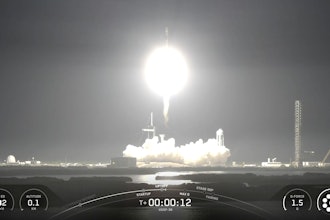The ALIAS Program wants to bring the advances in autonomous aircraft into manned cockpits.
U.S. Army pilots recently executed a series of missions that demonstrated how supervised autonomy could fly an optionally piloted helicopter (OPV) through a series of missions.
The technology was developed by Sikorsky and DARPA, and it was the first time that anyone other than a Sikorsky pilot operated the Sikorsky Autonomy Research Aircraft (SARA).
ALIAS (Aircrew Labor In-Cockpit Automation System) offers a balance between autonomous and human actions. According to the researchers, it gives you the best of both worlds with mission-adaptive autonomy. Basically, the autonomy is available when the pilot needs it.
ALIAS was created to reduce the piloting workload and let the mission crew concentrate on executing the mission rather than on operating the controls.
SARA has logged more than 300 hours of autonomous flight. During the demonstration, the aircraft executed a number of different scenarios with pilots on board and on the ground, including autonomous take off and landing, obstacle avoidance (towers, wires, and moving vehicles), autonomous detection of a safe landing zone using LIDAR sensors, and contour flight (flying low to the ground and behind trees).
Over the next few months, Sikorsky plans to fly the first Black Hawk equipped with ALIAS. The company is also working closely with the FAA to certify ALIAS technology for commercial and military aircraft.






















